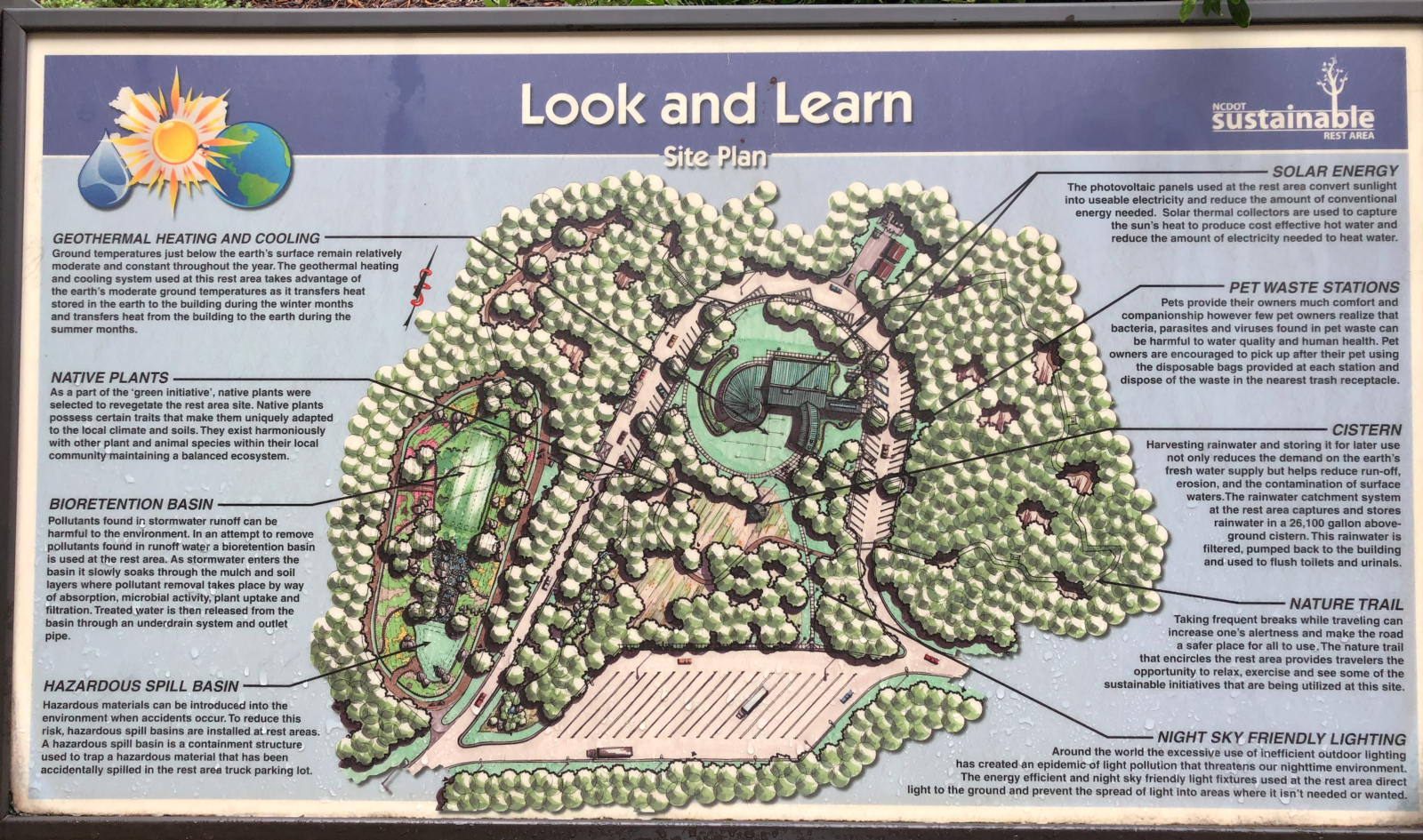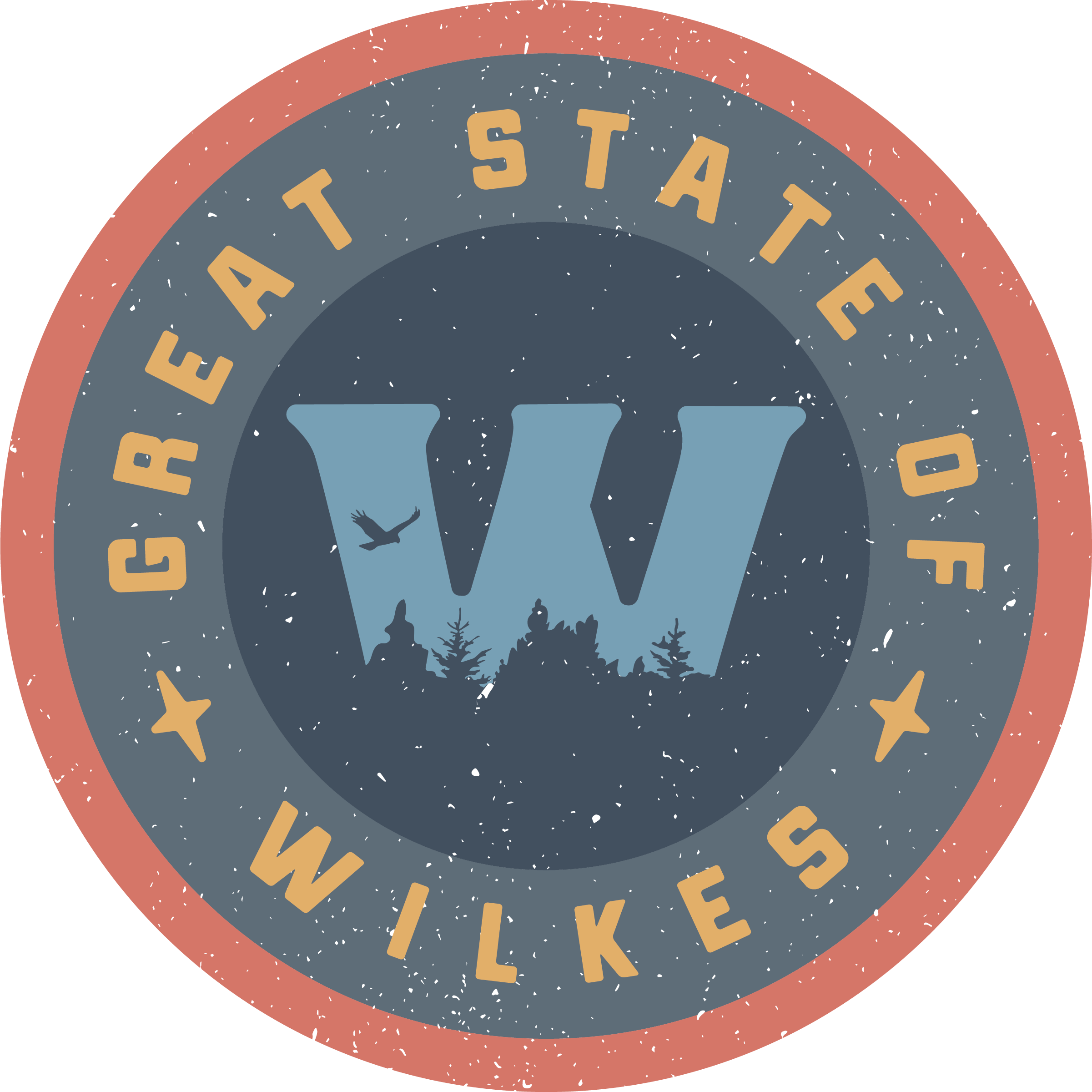




Northwest North Carolina Visitor’s Center -- A Welcoming Site
In October 2009, the opening of the Northwest North Carolina Visitor’s Center on 421 in Wilkes County changed the way people see this region of our state. Before the visitor’s center opened, it was not uncommon for people to drive from Winston-Salem to Boone on the four-lane 421 without making any pit stops in between. Now this beautiful facility serves as a reminder to take a pause, and visitors who come in get a chance to learn all about the attractions, events and natural beauty the area has to offer.
The Northwest North Carolina Visitor’s Center serves a 10-county region:
- Alleghany
- Alexander
- Ashe
- Avery
- Caldwell
- Iredell
- Surry
- Watauga
- Wilkes
- Yadkin
The Center includes information on things to do and places to see in all of these counties, as well as information on North Carolina and state maps for Tennessee and Virginia. You’ll also find a display of arts and crafts representing the entire region, and a beautiful nature walk almost a mile long that highlights native plants and the natural beauty of our area.
Wilkes serves as the perfect place for this regional visitor’s center not only because of its location on 421, but also because of its connectivity to the adjacent counties. “We are able to provide an opportunity to market the entire Northwest North Carolina region at this central location,” says Linda Cheek, president, Wilkes Chamber of Commerce.
A Boon to Wilkes
The Northwest North Carolina Visitor’s Center is more than a rest area. Built and owned by the NC DOT, it is managed by the Wilkes Chamber of Commerce, serving as a visitor’s center to travelers. Staff are available every day to help visitors learn about new places to see and things to do that otherwise might not have been on their radar.
“We have people ask all the time about visiting wineries and distilleries, outdoor adventures and live music,” says Stacey Dunn, visitor’s center manager. “It’s been a great way to highlight the Yadkin River, Kerr Scott Dam, our local musicians, and so much more. There’s so much to do in Wilkesboro and Wilkes County, and I’m glad more people are getting the chance to find out about those opportunities.”
A Gold Standard in Sustainability
The Northwest North Carolina Visitor’s Centers stands out not only for its hospitality but also for its certification as a Gold Level LEED (Leadership in Energy and Environmental Design) site. As the only rest area/visitor’s center on 421 in the western part of the state, the governor at the time the building was designed wanted to take the opportunity to create a building that would really make a difference and serve as an example of good environmental stewardship. In addition to giving people information on what activities and events they can experience in the area, the building itself serves as an educational tool on sustainability.
Some of the environmentally friendly aspects you’ll find at the Northwest North Carolina Visitor’s Center include a rainwater catchment system which provides water to flush the toilets and urinals, solar panels and photovoltaic panels that provide energy for the hot water and energy used on the site, and buildings designed to use a maximum amount of daylight to reduce energy use.
The construction itself was also environmentally friendly, using materials made of recycled content for ceiling tiles, carpet, masonry, guardrail and asphalt. In order to meet certification, materials used had to be manufactured or produced from within 500 miles of the site. And half of the wood used on the project was certified with the Forest Stewardship Council, meaning it was harvested from renewable forests.
“There are signs around the facility explaining the different features, but even with that we get a lot of questions from people asking about the building and how the different things work,” Dunn says. “People really like the fact that it’s good for the environment and can save on energy costs.”

